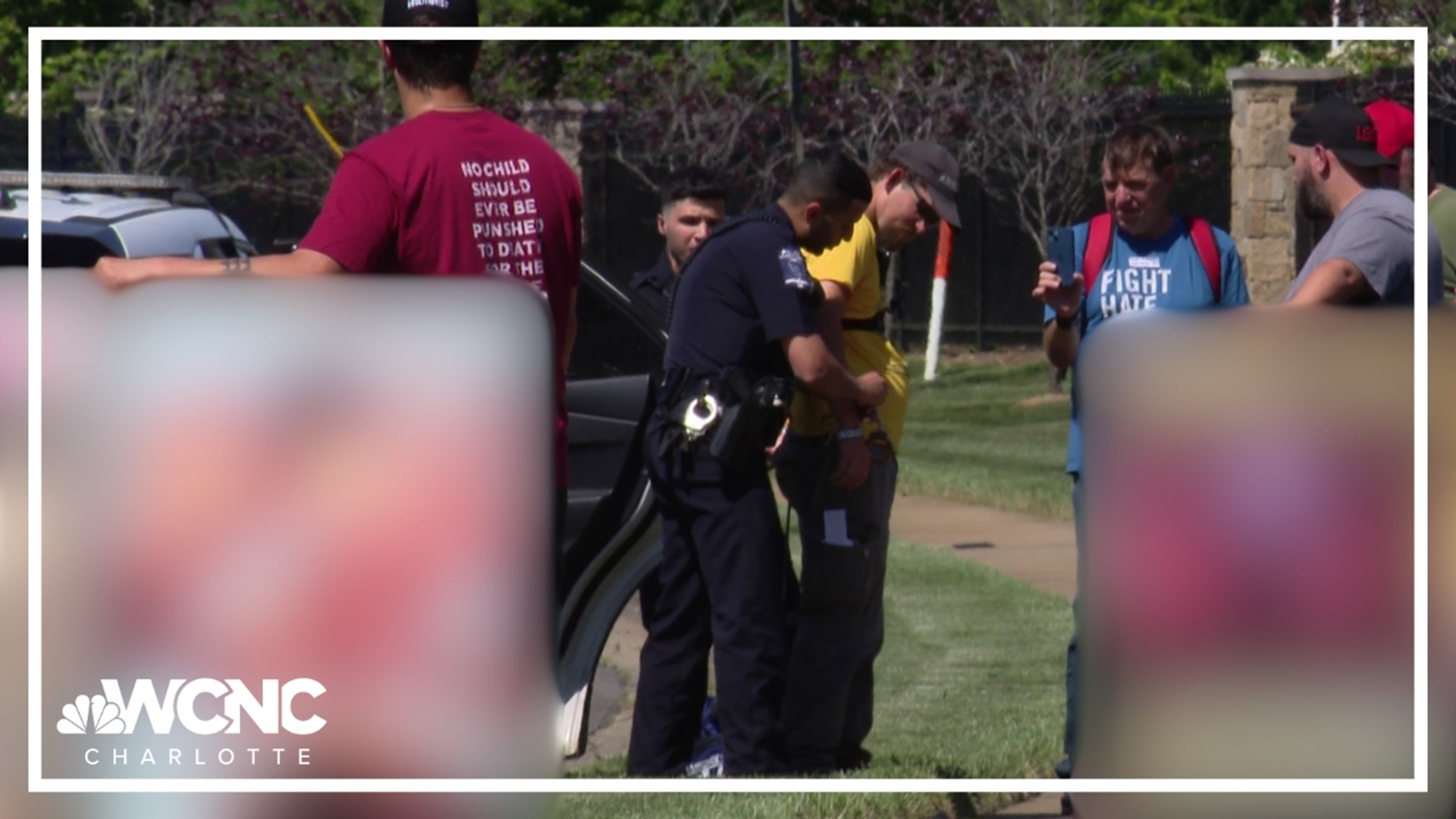![larrysprinkle_hugo [ID=15802963]](http://moc-assets-prod.gannett-cdn.com/-mm-/33d97f8a03d5ea06baca0f7a30eca34c8bd87643/r=500x281/local/-/media/WCNC/WCNC/2014/09/17/1410997467000-larrysprinkle-hugo.png)
CHARLOTTE, N.C. -- A lot has changed since 1989, especially technology.
Everything's different from the way meteorologists track storms, to the way warnings are issued. Not only is it a change for the professionals, but the public can stay ahead of the storm.
As Hurricane Hugo smashed into the South Carolina coast 25 years ago, the only way to get timely news and weather information was through radio and television. With the development of the internet, cell phones and social media, information is now just a click away.
An estimated 80,000 trees went down in Mecklenburg County, knocking out power and making it difficult to get weather and safety information to the public, if not impossible. During Hugo and the weeks to follow, people were literally left in the dark.
In 1989 the internet was in its infant stage, now hundreds of millions of people get their news through social media such as Twitter and Facebook.
"Twitter has about 232 million monthly active users," explain NBC Charlotte Digital Director Amy Lehtonen, "and if you think about how many people that reaches with Facebook, as well -- that is where a majority of people go to find their news."
The passing of information can be instantaneous. In 1989, broadcast meteorologists would wait for the Hurricane Center to report the position and strength of the storm.
Weather technology has improved dramatically with the addition of the NEXRAD or next generation radar and enhanced satellite images. The broadcast media in turn disseminates the life-saving information to the public. Lehtonen says people come to the stations website to look for the wind maps, tracking maps, and forecasts.
"The tools that are available to meteorologists are also accessible for people to see online. You can see the maps, hurricane hunters share photos, and you can get it all online," Lehtonen said.
As Hugo was raking Charlotte with its powerful winds, NBC Charlotte forecaster Larry Sprinkle didn't miss a beat while broadcasting live as the studio's roof was falling. Most folks didn't see because of all the power-outages. Now, live streaming video on the stations website would allow you to see Larry riding out the storm.
Live cameras are also very popular and they seem to be everywhere. There is something to be said for "seeing is believing" as opposed to just hearing the words and description.
"When you see pictures and video, people start to take things more seriously," Lehtonen said.
Laptop computers and cell phone can be recharged using your car or by using a portable power source.
Being well informed is important when it comes to your safety and making the right choices.


